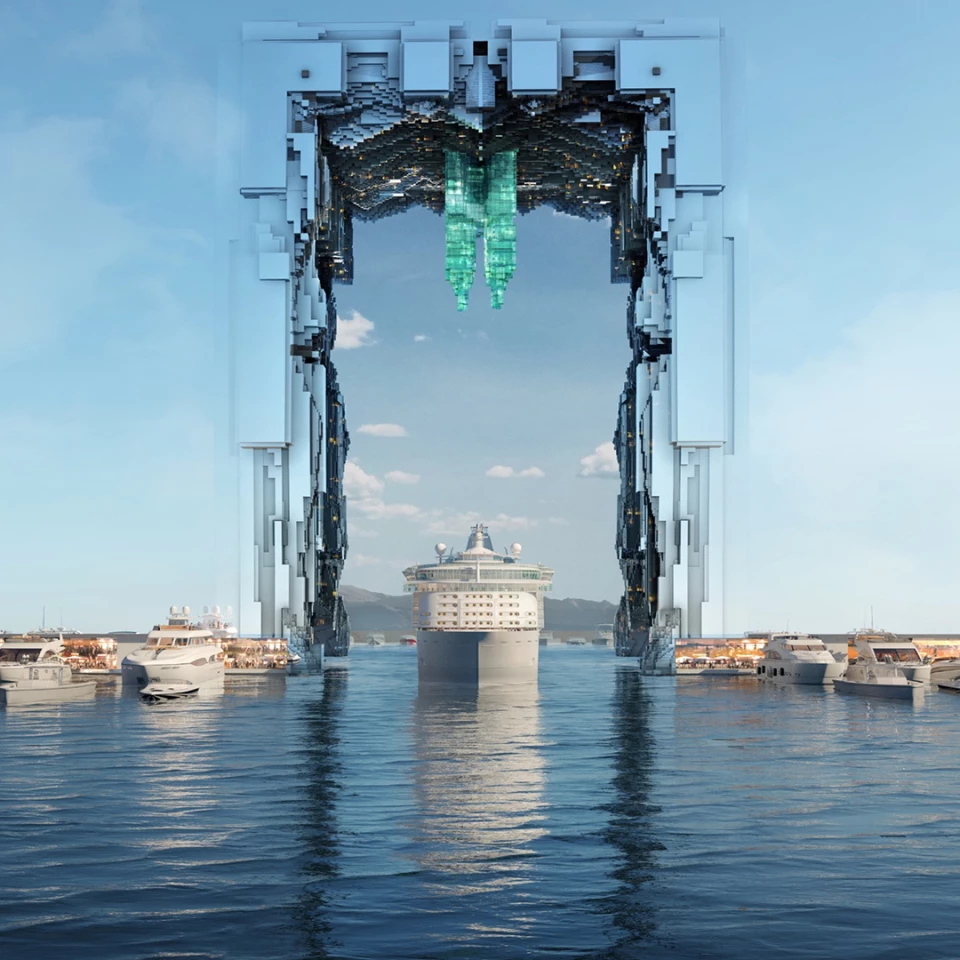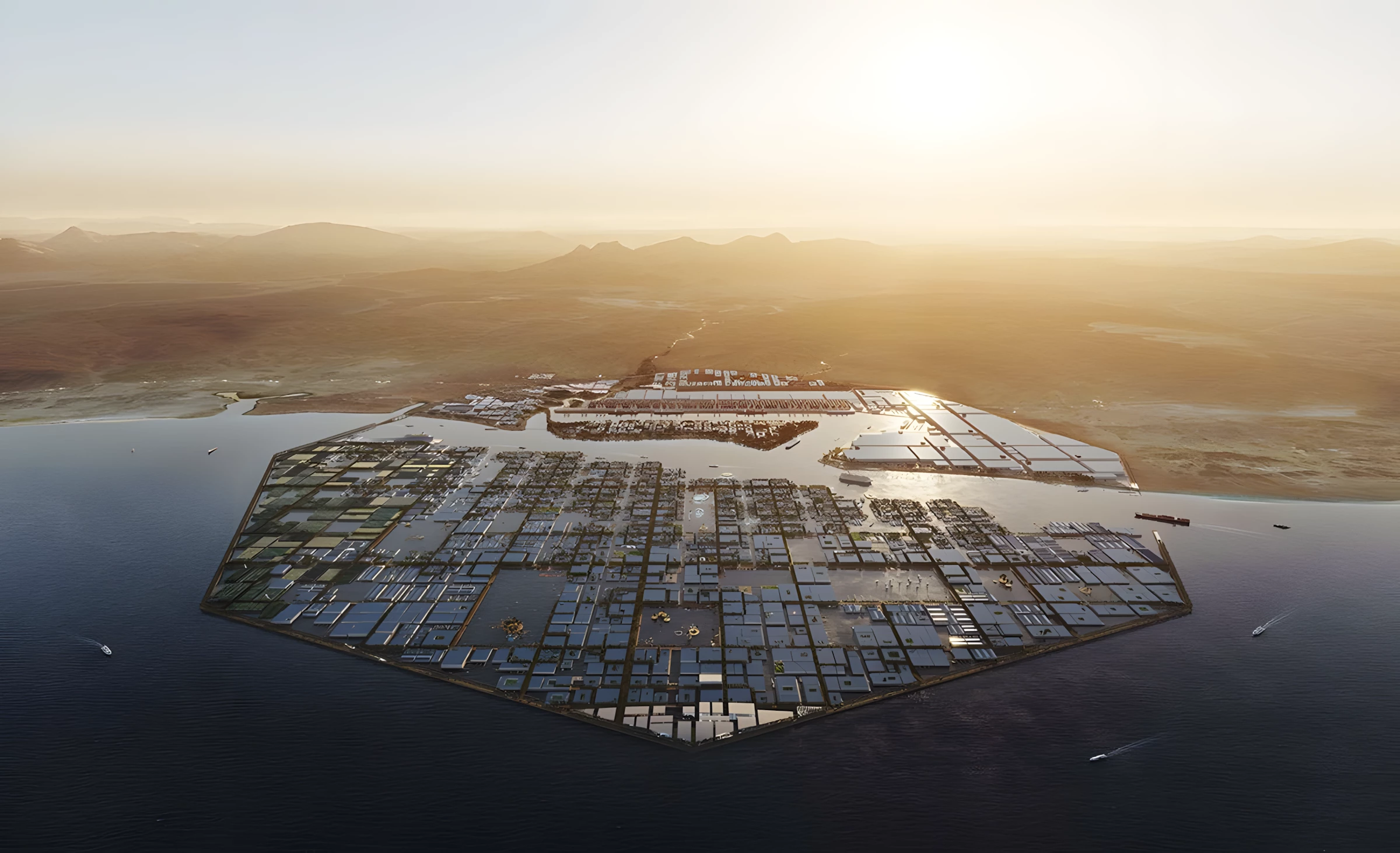The construction work currently underway in Saudi Arabia for the Neom giga-project is unprecedented, with buildings like the Line transforming the desert landscape at a remarkable pace. Now an expert has reportedly suggested that the scale of work is so massive, it could even alter local weather patterns.
According to a report by the Financial Times, Donald Wuebbles, an expert in atmospheric physics and chemistry who serves as a paid adviser to Neom, has told the British newspaper that he has repeatedly raised concerns that the size of Neom's many ongoing projects could disrupt local weather systems in harmful ways.
We already know that cities can create an urban heat island effect and that large buildings can have all sorts of unintended consequences, including the melting of cars. The issue here is similar but on an even larger and more dramatic scale. Indeed, Wuebbles says that the damaging effects may include unpredictable changes to rain patterns and sandstorms, and the amplification of winds.

The largest part of Neom is, of course, the Line, which will have a height of 500 m (1,640 ft), an eventual planned length of 170 km (105 miles) and a mirrored exterior that could pose issues for the local wildlife, especially the bird population. However, Neom also encompasses Oxagon, Epicon, Treyam, and more.
Another worry raised by Wuebbles is the environmental toll of the construction process itself and the resulting emissions produced. For example, 20% of the world's steel is being used to build just the Line, while a huge concrete plant is also under construction to help realize Saudi Arabia's ambition to become a tourism hotspot.
Still, any potential effects on the climate are unlikely to slow down the momentum of this giga-project. Despite worries about paying for it all, the first phase of the Line itself has already begun to rise, while elsewhere in Saudi Arabia, the Mukaab and the JEC Tower are well underway too.
Source: Financial Times [paywall]







